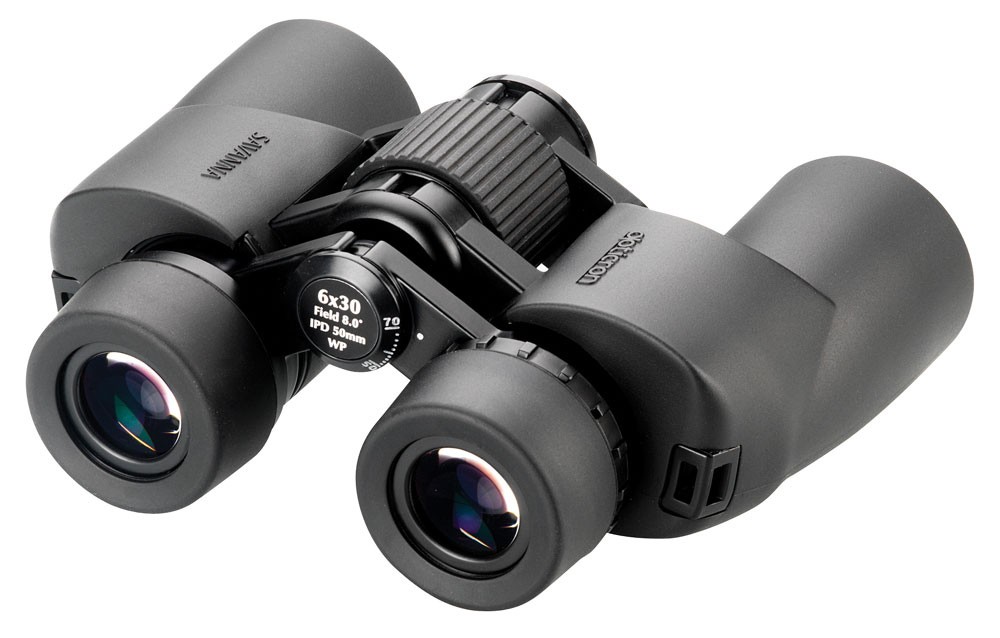Binocular
With binocular in German is called an optical instrument that allows viewing of an object in two separate beam paths with both eyes simultaneously. The observer receives through this stereoscopic vision a plastic, three-dimensional sense of depth. The most common examples are for binocular binocular binoculars ( binoculars, opera glasses ) as well as the stereo microscope. In contrast, a monocular only allows the observation with an eye; Examples include telescope, spotting scope or meter-reading microscopes.
The German and the English use of the term, however, differ: In English, the term binocular binocular binoculars ( binoculars, opera glasses) are referred to. " Binocular " in the sense of stereo microscopes, stereo microscopes hot there or dissecting microscopes.
Binocular Stereo Microscopes allow at moderate power (usually about 4 - to 40 -fold) live observations to carry out preparation and sorting work. Meet The two separate beam paths at an angle of approximately 14 ° to the object. For good spatial vision magnification shall be no more than about 100-fold. Stereo microscopes are usually called simply the laboratory jargon in German " Binocular " or simply " Binos ".
No "real" binoculars in the above sense are those optical observation instruments, the simple Doppelmonokulare ( Doppelokulare ) which decompose a simple image within the device in two parallel beam paths and perform both eyes. This feature allows for no stereoscopy, but a more relaxed, fatigue- free observation. Such Doppelokulare use some amateur astronomers in their telescopes. Also equipped with Doppelokularen are now by default most normal light microscopes. In these, the beam path for fatigue- free observation by a beam splitter between the objective and eyepiece is split without stereoscopic ( three-dimensional ) vision would allow.









